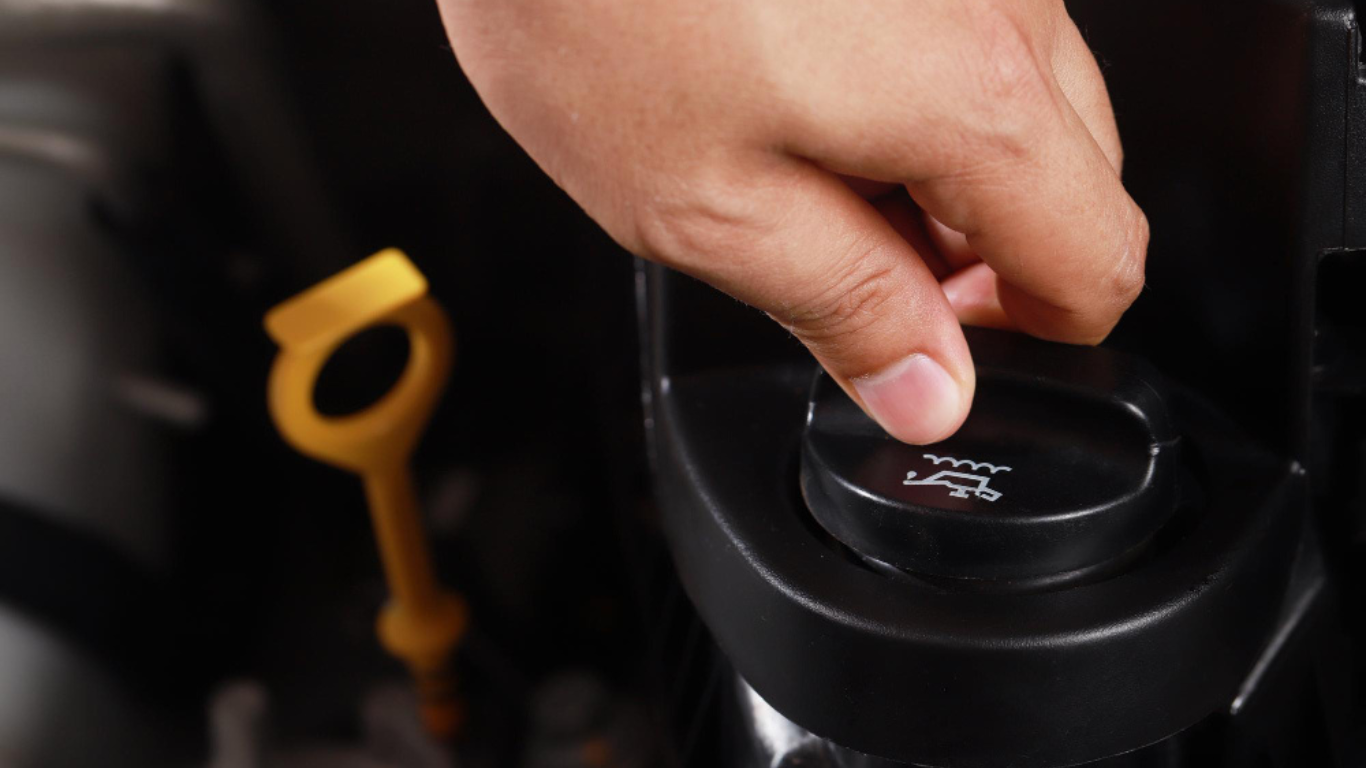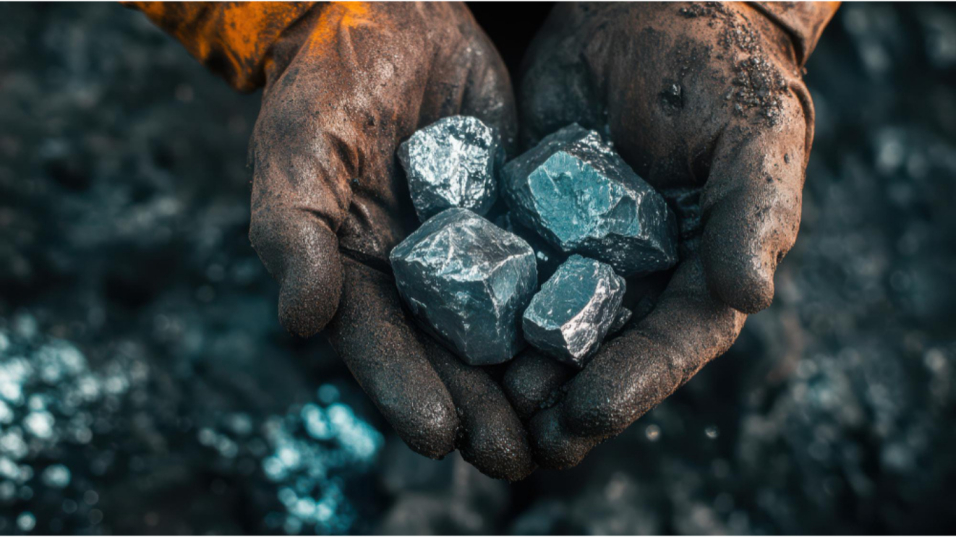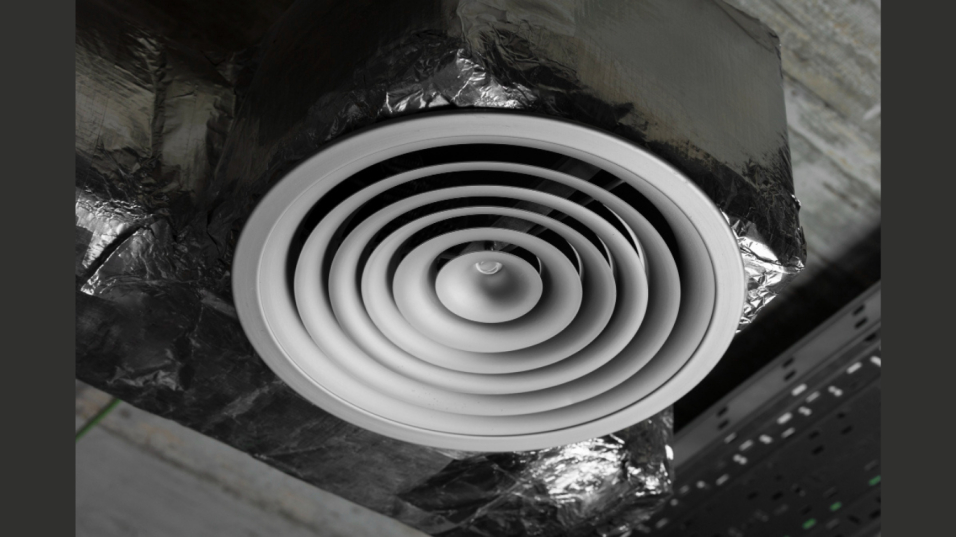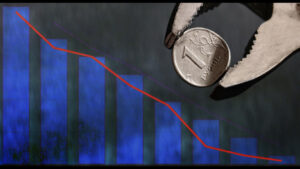Ever finish fueling, drive off, and suddenly think, “Wait… did I just mess up?”
Putting gasoline into a diesel tank isn’t just a small slip; it can wreck things faster than you’d expect.
Catching the early warning signs could spare your engine, and your bank account, from serious damage.
Why It’s Such a Big Deal
Diesel engines are built differently. They rely on thick, oily fuel that lubricates the high-pressure system while it burns under compression.
Gasoline, on the other hand, burns hotter, thinner and doesn’t provide that same slick protection.
Mix the two and you’re looking at worn pumps, stuck injectors, and engines that cough, rattle, or just give up.
Things You Might Notice Right After Filling Up
- That nozzle went in too smoothly. Gas nozzles are smaller than diesel ones.
- The receipt doesn’t lie: “Unleaded” or “Regular” means trouble.
- Sniff the air, diesel has that heavy, oily smell. Gasoline? Sharp and sweet.
- Turn the key: hear the pump whine louder than usual? That’s a clue.
On the Road Symptoms You Can’t Ignore
Sometimes the signs show up fast:
- Hard starts, or worse, no start at all.
- A rough idle that makes the engine sound like it’s choking.
- Power vanishing on hills or sudden limp mode.
- Exhaust changing color. Gray mist, white haze, or even bluish smoke.
- Dash lights lighting up like a Christmas tree, especially with codes for fuel pressure or injector balance.
What’s Really Happening Inside the Engine
Imagine metal parts that were supposed to be sliding smoothly now scraping dry. Gasoline removes protective lubrication, leading to increased friction, elevated temperatures, and the formation of fine metal particles. Metal shavings obstruct fuel filters and damage injector tips over time. From there, it snowballs, misfires, smoke, and fails.
Double-Checking Your Suspicion
Not sure if it’s bad luck or bad fuel?
- Drain a little into a clear jar. Gasoline looks lighter and smells unmistakable.
- Fuel filters may reveal metallic flakes, often originating from pump wear.
- A diagnostic scan tool can detect fuel pressure inconsistencies and erratic injector behavior.
What to Do Right Now
- If the engine’s off, keep it that way. If it’s running, shut it down immediately.
- Forget the old “just top it off with diesel” trick. That spreads the mess.
- Tow it. Driving makes the situation worse.
- Be honest with the shop. How much gas went in and whether you ran it.
What a Shop Will Likely Do
- Drain the tank completely.
- Flush lines, rail, and return.
- Swap out the filters.
- Inspect pumps and injectors for damage.
- Refill, prime, test.
The Cost Side of Things
- No start, caught early? Maybe a few hundred bucks.
- Drove a bit? Repairs creep into the low thousands.
- Ran until it chewed itself up? Pumps, injectors, fuel lines, tanks and before you know it, the costs are through the roof.
Old vs. New Diesel Tolerance
Earlier diesel engines were mechanically rough but offered more tolerance for wear and error. Modern common-rail systems operate under extremely high pressures and demand ultra-precise tolerances. Even a small splash of gas is enough to do harm.
Safety Reminders
- Don’t keep priming the key; that just spreads the bad fuel.
- Gas vapors? Extremely flammable. No sparks, no flames.
- Keep your receipt and pump details, insurance might help.
Avoiding a Repeat
Slow down at the pump. Double-check the handle every single time. Some folks install misfueling guards that block smaller gas nozzles. Label the cap “Diesel Only.” If you’re running a fleet, Fuel Logic can help cut risks by supplying on-site diesel, reducing human error at the pump.
Quick FAQ
- Is a tiny bit okay? No. Damage can start instantly.
- Will additives save me? Sadly, no. They don’t restore lost lubrication.
- How soon does damage begin? The second gasoline hits those precision pump parts.
The Bottom Line
If you realize the mistake before starting, you’re probably safe with a drain and flush.
But if the engine ran, brace for repairs.
Don’t gamble, act quickly, treat the issue seriously, and your diesel stands a much better chance of surviving.
Article received via email































